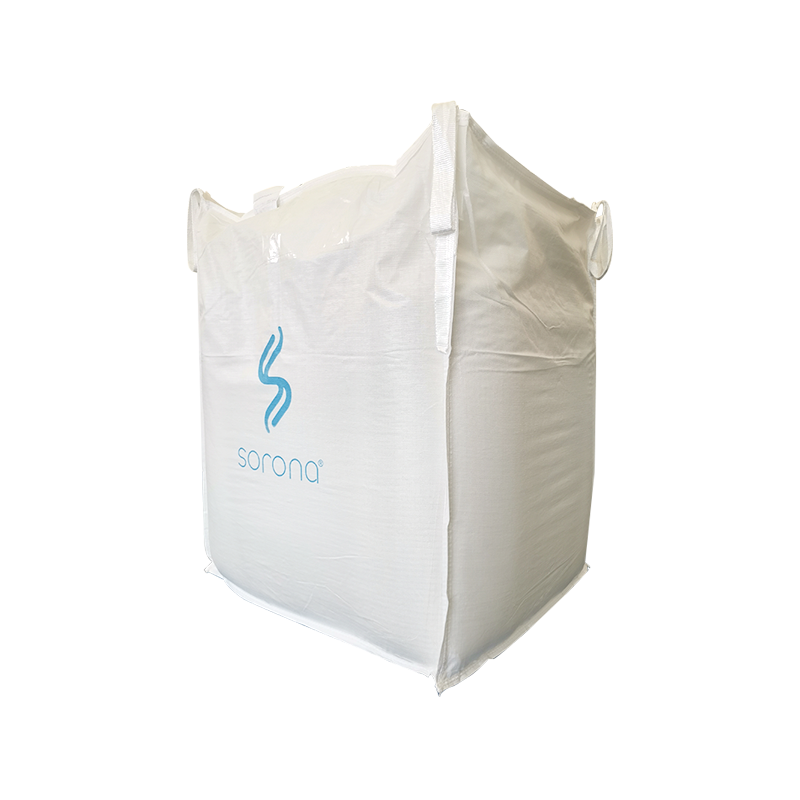
 2025.10.31
2025.10.31
 Industry News
Industry News
Composite membranes are engineered materials designed to provide efficient separation and filtration in a variety of industrial, environmental, and medical applications. Unlike single-layer membranes, composite membranes combine multiple layers with distinct properties to achieve enhanced performance, durability, and selectivity. These membranes are widely used in water treatment, gas separation, chemical processing, and biomedical fields due to their versatility and reliability.
One of the key advantages of composite membranes is their ability to offer high selectivity and permeability simultaneously. Typically, a composite membrane consists of a thin selective layer supported by a porous substrate. The selective layer is responsible for controlling the passage of specific molecules or ions, while the substrate provides structural support and mechanical strength. This design allows for precise separation without sacrificing flow rates, which is essential in industrial and environmental processes.
In water treatment, composite membranes play a crucial role in reverse osmosis, nanofiltration, and ultrafiltration systems. These membranes effectively remove impurities such as dissolved salts, organic compounds, bacteria, and viruses from water. By combining high filtration efficiency with mechanical stability, composite membranes help ensure safe and clean water for residential, commercial, and industrial use. Their ability to operate under varying pressure and temperature conditions makes them suitable for both municipal and industrial water treatment facilities.
Composite membranes are also used in gas separation applications. They can selectively separate gases such as oxygen, nitrogen, carbon dioxide, and hydrogen, which is valuable in chemical processing, energy production, and environmental management. The thin selective layer allows for efficient gas transfer while small energy consumption, making composite membranes a cost-effective and practical solution for gas purification and recovery processes.
In addition to industrial applications, composite membranes are utilized in biomedical and pharmaceutical fields. They are used in dialysis, drug delivery systems, and sterile filtration processes. The ability to engineer membranes with precise pore sizes and chemical resistance enables controlled filtration and separation of specific molecules, which is critical for patient safety and pharmaceutical quality.
The construction of composite membranes involves advanced material engineering techniques. Layers can be fabricated from polymers, ceramics, or hybrid materials, each contributing unique properties. Polymer layers provide flexibility, chemical resistance, and ease of fabrication, while ceramic layers offer thermal stability and enhanced mechanical strength.
Maintenance and operational efficiency are important considerations for composite membranes. Regular cleaning, monitoring of flow rates, and control of operating conditions help maintain performance and prolong service life. Membrane fouling, caused by the accumulation of particles or biofilm, can reduce efficiency, but proper pre-treatment and periodic cleaning protocols help mitigate these issues.
Sustainability is increasingly relevant in membrane technology. Composite membranes contribute to efficient resource management by enabling water recycling, reducing chemical usage, and optimizing energy consumption. Their long lifespan and high performance reduce operational waste and environmental impact, supporting sustainable practices in various industries.
In conclusion, composite membranes are a vital technology for filtration, separation, and purification across multiple industries. Their multi-layered design offers high selectivity, durability, and operational efficiency, making them suitable for water treatment, gas separation, chemical processing, and biomedical applications.
